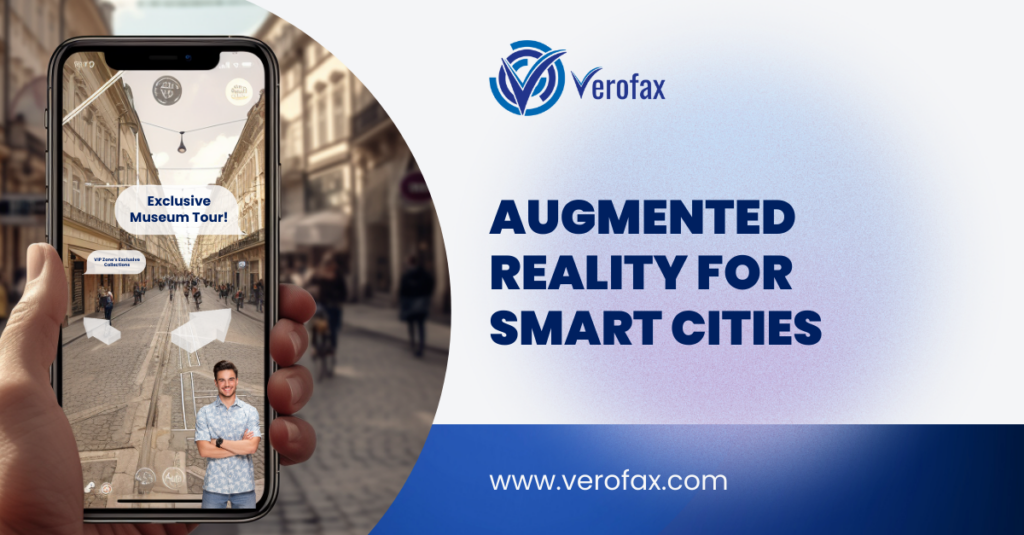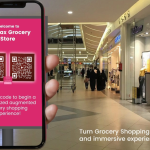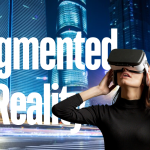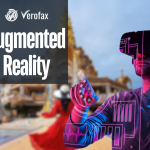Introduction to Augmented Reality
What’s the story behind AR? Augmented Reality is a game-changer in the realm of technology. It’s like a secret lens that exposes an invisible layer of information right on top of our physical world. From enhancing gaming experiences to aiding complex surgeries, AR is creating waves. But, did you know it can also transform the way we interact with our cities?
The Value of AR in Smart Cities
Before we delve into AR’s role in urban life, let’s take a moment to understand what we mean by “smart cities”. These are not just cities with Wi-Fi and automated trash collection. Smart cities leverage the power of the Internet of Things (IoT) and data analytics to optimize city life for both governance and citizens. They aim to create a sustainable, efficient, and livable environment. Now, how does AR fit into this grand vision?
Understanding Smart Cities
Smart cities might sound like something out of a science fiction movie, but they are a very real part of our world today. These cities use technology and data to enhance services, reduce costs, and improve communication and interaction. The idea is to create a more efficient, sustainable city where citizens can interact with their environment in ways that were previously unimaginable. Imagine using your phone to find a parking spot downtown, or getting real-time updates about the cleanliness of the air you’re breathing. That’s the power of a smart city!
The Rise of Augmented Reality
So, where does AR come into the picture? Augmented Reality is the technology that can make our interaction with smart cities more intuitive and immersive. Just as the smartphone has become an extension of our senses, AR can further enhance our perception of the world. Imagine looking at a building through your AR-enabled smartphone and seeing its history, its architectural significance, or even its carbon footprint. This rich, contextual information can transform the way we experience our cities.
Benefits of AR in Smart Cities
Let’s dive deeper and uncover some of the ways AR can enrich our urban life.
Enhancing Urban Living
Firstly, AR has the power to enhance our everyday urban living. Let’s say you’re exploring a new city. AR can serve as a personal guide, overlaying your surroundings with useful information. From locating the nearest subway station to highlighting landmarks or recommending local cafes, AR can help you navigate the city like a local.
Efficient City Management
For city administrators, AR can serve as a powerful tool for city management. It allows for real-time visualization of data in its true context. Imagine a city planner being able to visualize the city’s traffic, waste management, or power usage patterns in 3D. This could facilitate more informed decision-making and lead to more efficient solutions.
Boosting Economic Growth
AR also has significant economic potential. Businesses can leverage AR to provide engaging customer experiences or innovative services. For instance, local shops could use AR to display virtual advertisements to people passing by, or real estate companies could offer virtual tours of properties. These unique experiences can not only boost local business but also attract more tourists and investments, driving economic growth.
Advancing Public Safety
In the realm of public safety, AR can prove to be a critical tool. For instance, during an emergency, AR could provide citizens with real-time evacuation routes or important safety information. Similarly, for first responders, an AR-enabled view of a disaster scene can provide invaluable information, potentially saving lives.
Case Studies
Seeing is believing, right? Let’s explore how some cities have already started leveraging AR.
New York’s AR-Integrated Traffic System
New York City, often at the forefront of urban innovation, has integrated AR into its traffic management. The system overlays real-time traffic data onto a city map, allowing planners to visualize congestion points and devise strategies for traffic reduction. This not only makes daily commutes smoother but also contributes to lower carbon emissions.
Seoul’s AR Tourism Experience
On the other side of the globe, Seoul has introduced AR in its tourism sector. Visitors can use an AR app to explore the city’s rich history and culture. They can point their device at a monument and learn about its significance, or take a guided tour of a historic district. This has not only enriched the visitor experience but also sparked a renewed interest in the city’s heritage.
Challenges and Possible Solutions
Despite the potential benefits, AR implementation in smart cities is not without its challenges. Let’s highlight a few of them.
Privacy Concerns
One of the primary concerns is privacy. AR applications often require access to users’ locations and sometimes even visual data. This raises important questions about data security and privacy. To address these concerns, city administrators will need to create stringent privacy policies and ensure data encryption.
High Cost of Implementation
The cost of AR implementation is another hurdle. It involves investments in high-tech infrastructure, AR devices, software, and maintenance. This might not be feasible for all cities, especially those struggling with budget constraints. A possible solution could be partnerships with tech companies or phased implementation.
Need for Infrastructure
Lastly, implementing AR at a city-wide scale requires robust digital infrastructure, including high-speed internet and data centers. Developing countries or under-resourced cities might face challenges in this area. However, public-private partnerships could help address these infrastructure challenges and ensure a smooth AR experience for all citizens.
The Future of AR in Smart Cities
As we look to the future, AR’s role in smart cities will only grow. Advances in technologies like 5G, AI, and IoT will pave the way for more sophisticated AR applications. Imagine AR-powered public transport systems, immersive educational experiences, or advanced healthcare services. The possibilities are endless, and the future is brighter than ever.
Conclusion
AR is not just a fancy tech buzzword – it’s a powerful tool that can revolutionize our urban experiences. It is reshaping how we navigate, understand, and interact with our cities. Yes, there are challenges to overcome, and it won’t happen overnight. But as we move towards an increasingly digital world, AR will play a crucial role in making our cities smarter, safer, and more livable.
FAQs
1. What is Augmented Reality?
Augmented Reality (AR) is a technology that overlays digital information onto our physical environment, enhancing our perception of the world.
2. What are Smart Cities?
Smart cities are urban areas that leverage technology and data to improve city services, enhance sustainability, and improve the quality of life for citizens.
3. How can AR benefit Smart Cities?
AR can benefit smart cities in several ways – from enhancing urban living and city management to boosting economic growth and advancing public safety.
4. What are some examples of AR in Smart Cities?
Examples of AR in smart cities include New York’s AR-integrated traffic system and Seoul’s AR-enhanced tourism experience.
5. What are the challenges to implementing AR in Smart Cities?
The challenges include privacy concerns, high cost of implementation








